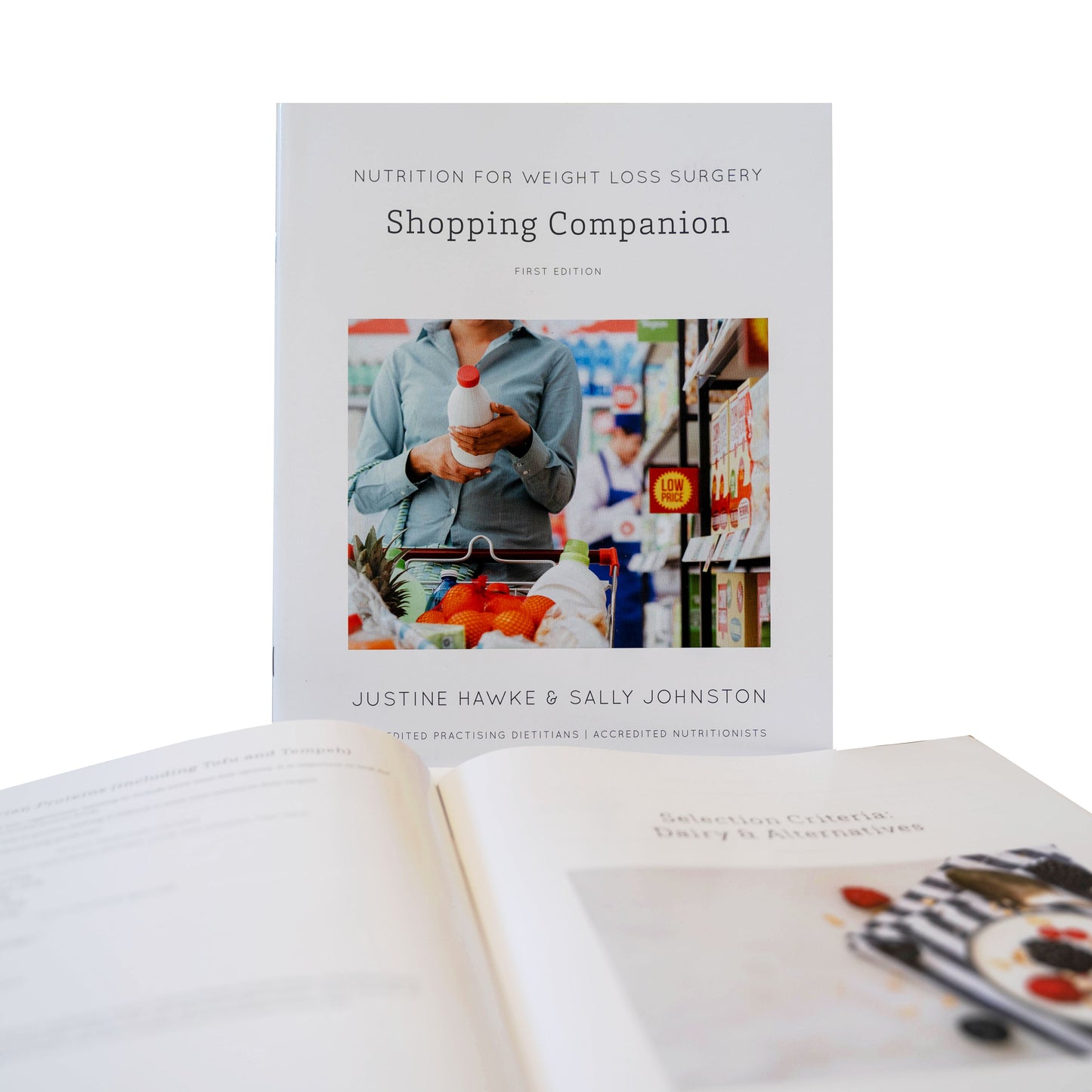Very useful
Easy to use, very helpful.
| Quality |
Rated 5 out of 5
|
|---|





| Quality |
Rated 5 out of 5
|
Easy to use, very helpful.
| Quality |
Rated 5 out of 5
|
|---|
Some great pointers on how to choose nutritious products and examples of great healthy products to buy. Makes the supermarket minefield a little easier to navigate!
| Quality |
Rated 5 out of 5
|
|---|
Great book but I should have realised that it was geared at the Australian market. Still things to learn from it though in terms of good choices here in NZ
| Quality |
Rated 5 out of 5
|
|---|
Our Qualified Nutritionists are here to help you make the best choice when it comes to you and your health.
Nutrition labels are on any packaged food item and apply to produce and meat products - providing valuable information on food quality.
After Weight Loss Surgery, the type of food you consume, quantity and quality will significantly change.
The nutrition label on packaged food items can be a cheat sheet to help you make healthy food choices and habits. It will ensure you eat nutrient-dense foods after surgery since malnutrition is a potential side effect of Bariatric Surgery.
A selection guideline of;
1. Start at the top
2. Limit poor nutrients (total fat, cholesterol, sodium)
3. Focus on protein
4. Assess carbohydrates
5. Go for vitamins and minerals
The Best Website For Your Location Is Here.